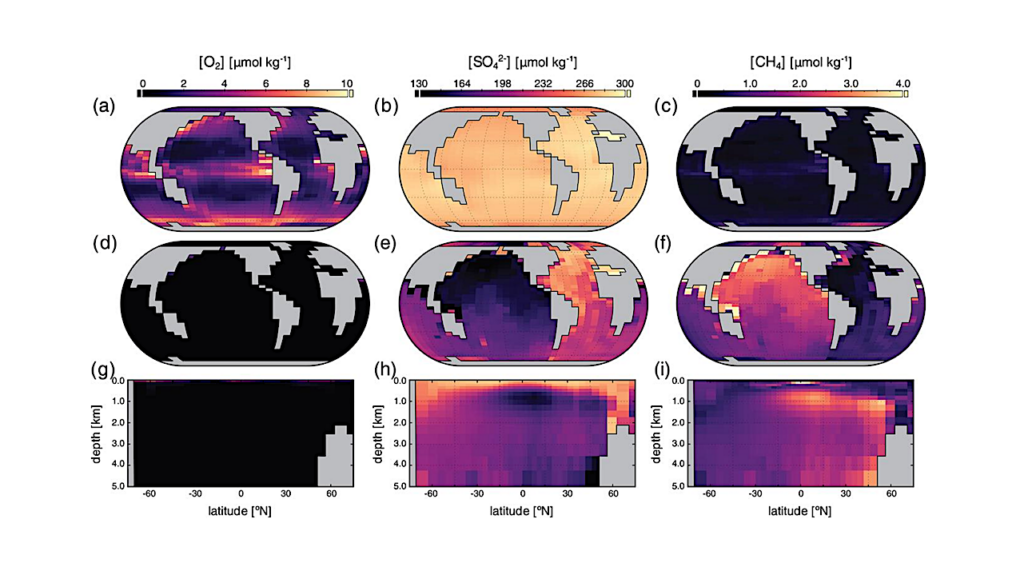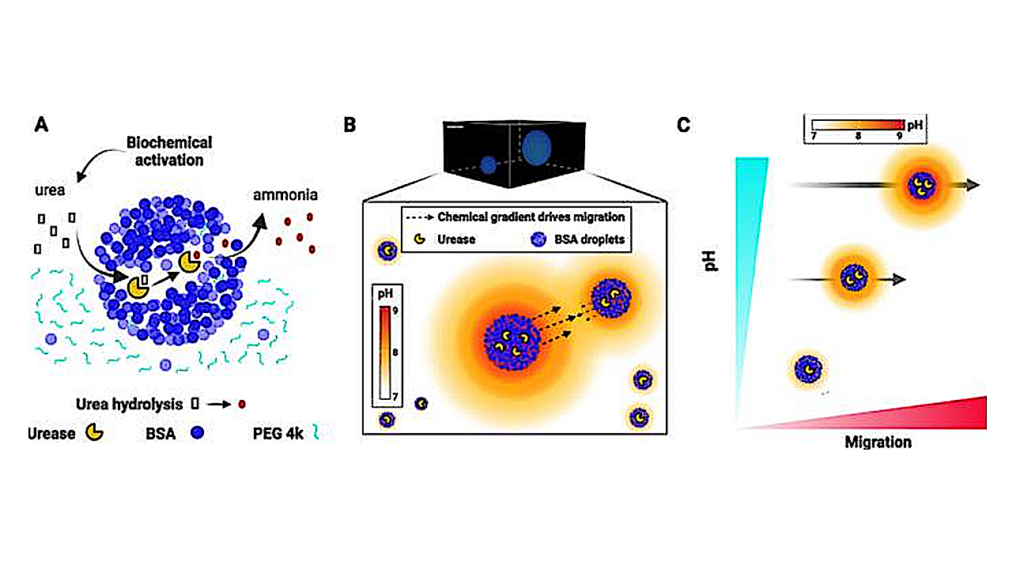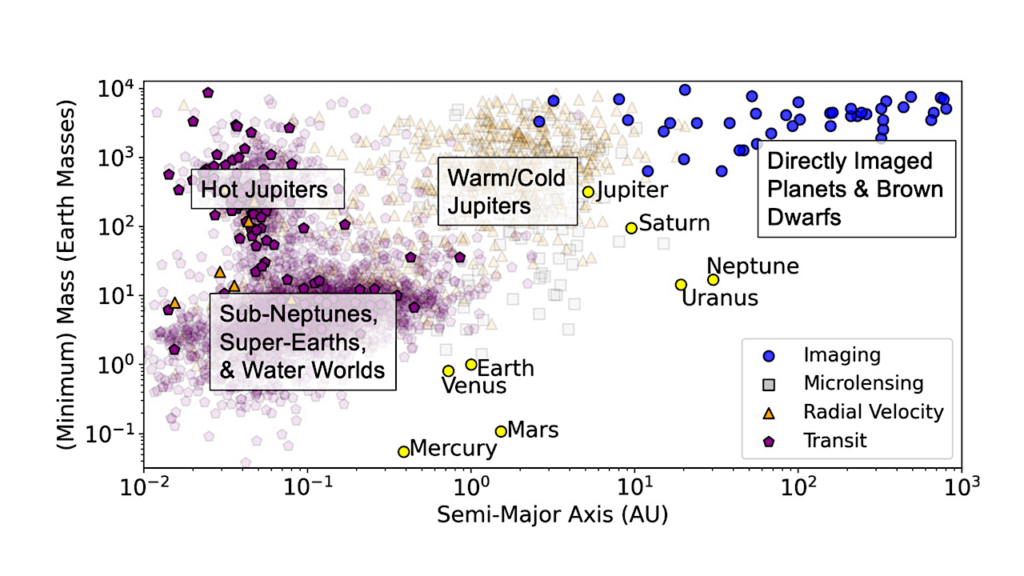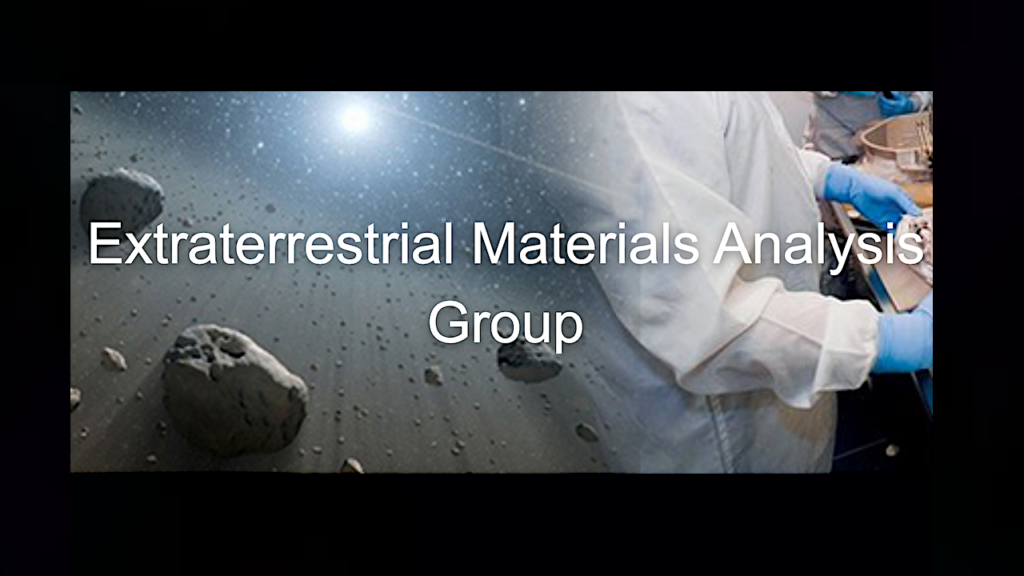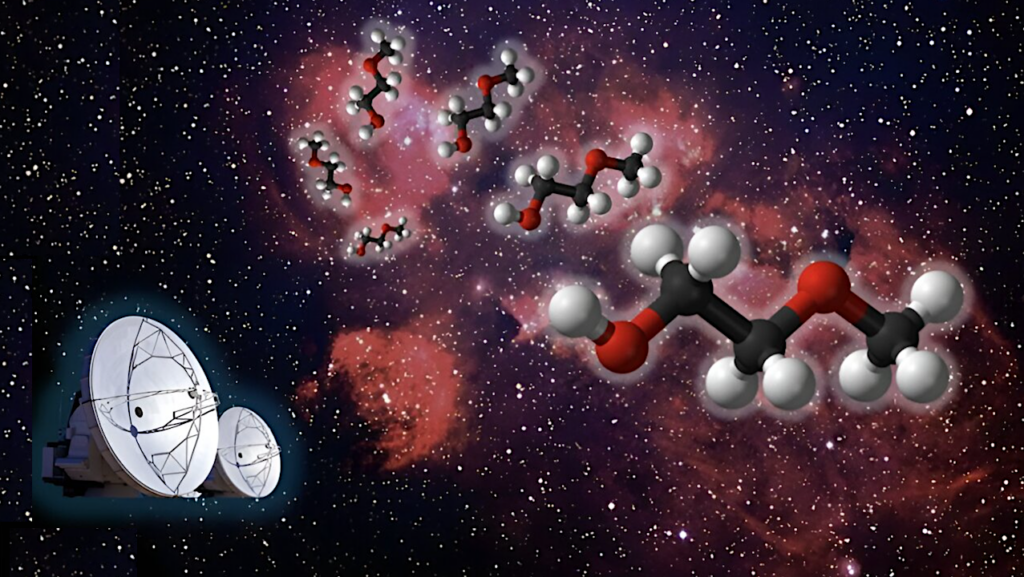A Comparison Of Exoplanet Spectroscopic Retrieval Tools

Over the last several years, spectroscopic observations of transiting exoplanets have begun to uncover information about their atmospheres, including atmospheric composition and indications of the presence of clouds and hazes.
Spectral retrieval is the leading technique for interpretation of transmission spectra and is employed by several teams using a variety of forward models and parameter estimation algorithms. However, different model suites have mostly been used in isolation and so it is unknown whether the results from each are comparable. As we approach the launch of the James Webb Space Telescope we anticipate advances in wavelength coverage, precision, and resolution of transit spectroscopic data, so it is important that the tools that will be used to interpret these information rich spectra are validated.
To this end, we present an inter-model comparison of three retrieval suites: TauREx, NEMESIS and CHIMERA. We demonstrate that the forward model spectra are in good agreement (residual deviations on the order of 20 – 40 ppm), and discuss the results of cross retrievals between the three tools. Generally, the constraints from the cross retrievals are consistent with each other and with input values to within 1 sigma However, for high precision scenarios with error envelopes of order 30 ppm, subtle differences in the simulated spectra result in discrepancies between the different retrieval suites, and inaccuracies in retrieved values of several sigma. This can be considered analogous to substantial systematic/astrophysical noise in a real observation, or errors/omissions in a forward model such as molecular linelist incompleteness or missing absorbers.
Joanna K. Barstow, Quentin Changeat, Ryan Garland, Michael R. Line, Marco Rocchetto, Ingo P. Waldmann
(Submitted on 4 Feb 2020)
Comments: 25 pages, 21 figures. Submitted to MNRAS
Subjects: Earth and Planetary Astrophysics (astro-ph.EP); Solar and Stellar Astrophysics (astro-ph.SR)
Cite as: arXiv:2002.01063 [astro-ph.EP] (or arXiv:2002.01063v1 [astro-ph.EP] for this version)
Submission history
From: Joanna Barstow (Eberhardt) Dr
[v1] Tue, 4 Feb 2020 00:20:33 UTC (11,313 KB)
https://arxiv.org/abs/2002.01063
Astrobiology



